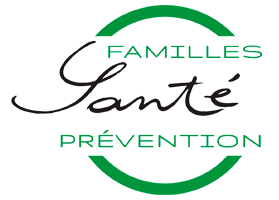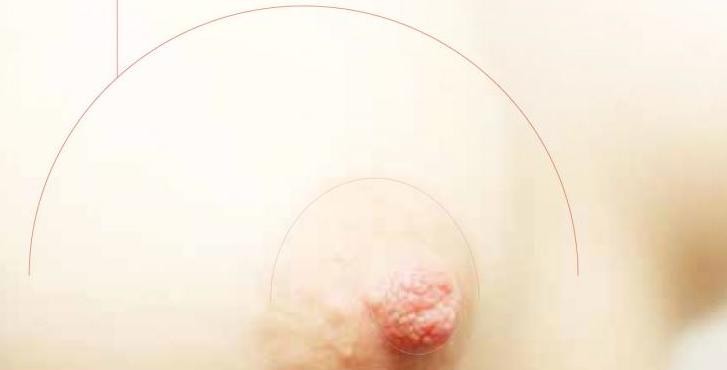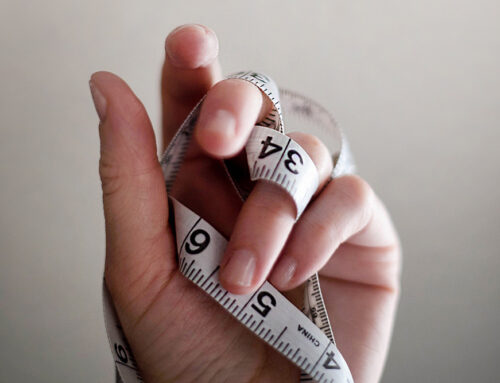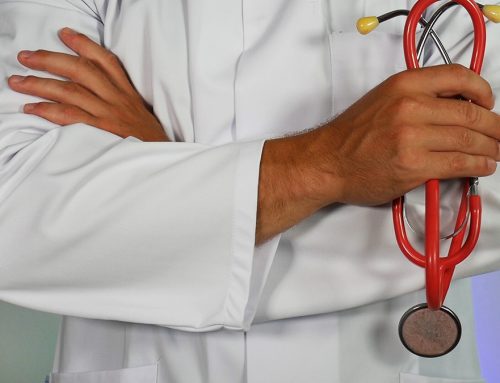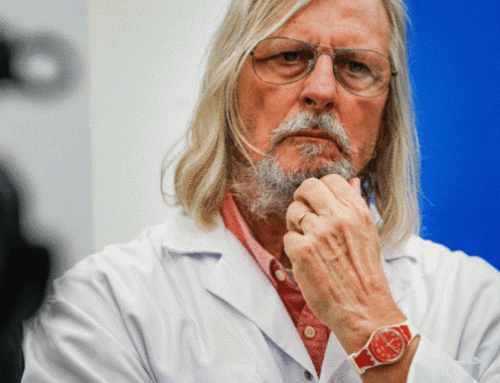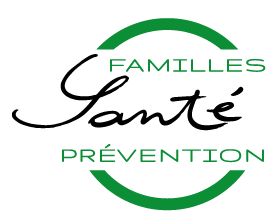Lettre No 1 of the Professor Henri Joyeux – 19th of March
Dear reader,
Preventing cancer at any location of the body is only possible if all its causes are known. This is also the case for breast cancer. A cancer at this site will affect, this year alone in France, approximately 60,000 additional women of increasingly younger age. Le breast cancer is to blame for 11,500 deaths per year in France. In 2014, in Canada, 23,420 cases of breast cancer in females were detected and 232,714 in the United States. According to the World Health Organization, the world incidence of breast cancer in women in 2014 amounts to 43.3 cases for 100,000 women, among which the mortality rate is 12.9 per 100,000 women, which is the highest mortality rate for any cancer in women. [1]
If we now are good at treating and healing breast cancer, it would be better to avoid it altogether, since the treatments are so hard to bear. They include surgery, which results in a total or partial mutilation of the breast, and radiotherapy, which treats the thoracic wall and oftentimes the underarm. There are also first-line, second-line and “nth”-line chemotherapy , that are responsible for alopecia (hair loss) and numerous other complications such as skin issues, and loss of sensitivity at the extremity of some body parts. Such complications can persist indefinitely. One of them, sterility, is an ailment that often is irreversible for young women.
Additionally, women are not told that definitive healing cannot be signed until 27 years after the first treatments. Until then, a recurrence is always possible but is avoidable if the primary causes are eliminated. This is why it is critical to identify them. In order to recognize primary causes, one has to know them well so as to help each cancer victim discover them. In this manner, she can take them into account so as to avoid, as much as she can, a recurrence.
Breast cancer has many causes that have all been clearly identified. Causes add up to one another, and their seriousness varies in each woman depending on time of exposure to a given cause.
Here are the main risks:
1. Genetic Risks
Genetic risks only concern 5% to maximum 8% of women who contracted a breast cancer.
The genes involved are called BRCA 1 and BRCA 2.
BR stands for BREAST and CA stands for CANCER. The first gene, BRCA 1, increases risks of contracting breast cancer by 80% between the ages of 20 and 80 years old, especially if combined with other risks factors. That is why knowing these risks is so important. BRCA 2 increases risks of contracting strong>breast cancer by half the level of the other gene and increases the risks of contracting cervical cancer significantly [2].
2. Risks Generated by Artificial Hormones (The Pill).
The second risk factor is due to the consumption of artificial hormones, that are sometimes falsely called “natural”.This risk factor affects almost all women today. Only qualify as “natural” hormones that are produced by our own body, i.e. the pituary gland, ovaries, adrenals, or the thyroid.
Hormones from the contraceptive pill, whatever its generation, are officially recognized as carcinogenic. However, the pharmaceutical industry, which has too much financial stakes in them, do not say it and format medical doctors, specialist and generalist alike, in order to reassure them. They contend that risks are minimal compared to advantages. This is false, and all the more since there now exist alternative means of family planning that do not generate as much money and are ridiculed or considered inefficient.
Information communicated to the public is even more deceptive. The public is told over and over again that the contraceptive pill is not dangerous. It is even told, and this is the ultimate lie, that it protects women against cancer. And women are right to increasingly fear cancer. The more women are afraid of it, the more they are reassured of its safety in specialized medical journals and the mainstream press.
This false information also reaches the schooling system. Biology class are full of it, and people responsible for teaching it repeat what they are told in all advertisements or in women’s magazines. Teachers, educators, nurses and even parents – mostly mothers of course – only know the truth once they have been themselves affected by this type of cancer. Too late!
This deceitful information is also largely present in people magazines, youth magazines, and in family planning centers, which receives sample pill boxes that they give away, no questions asked, without any parental input, to girls from the age of 13. The goal of the pharmaceutical industry is to ensure that young women start consuming their hormones early in life, and for a long time. Their advertising campaigns work very well and are directly used by indirectly sponsored state agencies.
The French Ministry of National Education has no idea of what will fall over its head when families blame it for the cancers that will plague young women barely out of high school. I bet that today already, the distribution of pills to students by schools is not recorded by the schools. Here I refer to day of distribution, pill brand, and the name of the student who received it. This lack of information is used to dismiss the plaintiffs and ensure immunity to the responsible parties on the day this scandal breaks. Parents associations are blinded on these subjects. The are reassured in the comfort that their daughters are protected from early pregnancies and possible ensuing abortions. This is the most important, and they don’t want to look beyond that.
Scientific information on this topic is also available in our book “La pilule contraceptive – Dangers et Alternatives” (“The Contraceptive Pill – Dangers and Alternatives”), that I coauthored with high level scientific journalist Dominique Vialard. Note that no scientific journal or journal aimed at the general public on medical information dared speak of this book. This topic is too dangerous. Newspapers could lose much in advertisement provided by the pharmaceutical industry, which allows them to live. They would have to close up shop. You may have noticed that the Diane-35 birth control pill, which was first withdrawn from the French market after a health scandal, was reintroduced a few months later with the authorization from the European Union.
Let us stress that for in the time preceding and succeeding menopause, hormone replacement therapy also increases the risks of contracting breast cancer – up to 30%, especially when prescribed until the age of 60. Use it at least for 10 years, says the advertisement followed by our medical colleagues that are also directly or indirectly linked to the industry. They also claim that it will contribute to the dream of rejuvenation of women, and even to the protection or early detection of breast cancer, which would contribute to a better prognosis. Arguments are very well framed, but false.
This hormone replacement therapy could be replaced, without additional costs to the health system, by a change in our nutritional lifestyle and a simple use of phytotherapy or herbal medicine, adapted to every woman’s profile.
3. Risks Generated by Food Excesses
The third factor concerns food excesses, that are responsible for excesses in weight and fats that locate themselves in the mammary gland. Indeed, fat in breasts are authentically carcinogenic. Fats stems from an excess in sugar consumption, from the fats hidden in animal meats and dairy products, which contains excessive levels of growth factors [3].
4. Risks Generated by Tobacco and Drugs
The fourth factor is directly linked to tobacco and the uses of all drugs, increasingly used in France by young women of high school age.
Tobacco is very damaging to women, because they have a breathing capacity that is 30 to 50 % inferior to the one of men that smoke as much as they do.
Cannabis, which is really widespread in high school and increasingly middle school, is also to blame. Youth won’t be told that the amount of THC (Tetrahydrocannabinol, which is the toxic molecule) is concentrated up to 20-30 percent to make them life-long addicts. They are told that it is good to experiment, that it is a green plant, thus very earth-friendly. Tobacco and all drugs all have, without exceptions, immunosuppressant effects that can only prepare the body to subsequent disasters when combined to other risks factors.
5. Risks Generated by Chronic Stress
The fifth factor is chronic stress. It is more important to take into account than psychological chocks that we are all more or less subject to: loss of a loved one, breakdown of the family, any kind of trauma, burn-out.
This is a significant risk, but one among others (the fifth). I have to specify this because a number of psychologists that know little about oncology communicate the idea that chronic stress or acute stress are almost the only responsible for breast cancer. This information is regularly disseminated, indirectly, by the pharmaceutical industry, which conveniently alleviates its guilt, and ensures that it can continue to flood the planet with its carcinogenic chemical contraception. If only women knew! [4]
6. Other Risks
Other risks include:
- the lack of physical activity, often linked to excess weight. If a woman says that she walks going to work or to get the children or grandchildren at school, it does not count as physical activity that would decrease risks of contracting breast cancer;
- Air pollution, pesticides, insecticides…all types of social suffering: precariousness, single parenthood and lack of screening tests and follow ups [5].
A Free Online Test to Assess Your Risks
To allow you to precisely estimate your own breast cancerrisk, you can visit the “Cancer-Risks” website . You can assess your risks free of charge and without any advertisement for any type of product.
This test was designed to assess the breast cancer risks of any woman, regardless of age. We presented all types of risks and gave each a coefficient depending on their seriousness, increasing or decreasing the risks.
Filling up this questionnaire only takes about 10 minutes and allows ant woman to assess her current health situation, and where to put her efforts so as to reduce her risks. You can of course repeat the test as many times as necessary, and always free of charge.
Make This Message Known
You read this letter. Don’t hesitate to read it again, and to forward it to your friends. You can also send this letter to your doctor or gynecologist, although it is likely to end in the trash after a quick thought: “He is against it, and what he says is not proven”. Unless your gynecologist or general practitioner is knowledgeable about homeopathy, or unless, if she is a woman, she knows in her own body what it is all about.
But this letter contains everything women, young or older, and all mothers should know.
Best regards,
Professor Henri Joyeux
PS : Note that I also coauthored and published a study with Evelyne Duhamel entitled “Femmes et précarité ”( Women and Precariousness ) at the French Economic, Social, and Environmental Council (CESE) in 2013 when I was seating on that institution as a Women’s Right delegate. In this study, we analyzed and provided numbers on breast cancer risks.You will find this report in French here.
Sources
.
[1] World Health Organisation 2014 World Cancer Report[2] All data on risks are explained in a book I coauthored with my excellent colleague from Bordeaux, Doctor Bérengère Arnal . : “Comment enrayer l’épidémie des cancers du sein et des récidives »”, ( How to stop the breast cancer pandemic and its recurrences) Editions du Rocher, Paris, 2013.[3] All this information is analyzed in details in our books, “Changez d’alimentation ”(Change the way you eat) ,( 7th edition, 2013. Paris, Le Rocher).[4] I treated this topic extensively in a short accessible book : “ Stress et cancer du sein” (Stress and Breast Cancer) (Paris, Le Rocher, 2012).[5] I treated the topic of risks in my book on breast cancer prevention : “Comment enrayer l’Épidémie des cancers du sein et des récidives” ( How to stop the breast cancer pandemic and its recurrences) Editions du Rocher, Paris, 2013.
La Lettre du Professeur Joyeux is an independent and free information service est un service. It specializes providing the wider public and families with disease prevention information. Click here to subscribe to the letter.
This health advice is provided free of charge by this organization and cannot be considered as personal medical advice. No treatment should be initiated solely on the basis of this content. It is strongly advised to consult a properly licensed health professional to seek responses with regard to one’s health and well-being. No information or product mentioned on this website is meant to diagnose, treat, atone or cure a disease.
You have a Personal Health Question ? ( Confidential response) or you wish to enjoy our exclusive services?
Become an exclusive member of our association for one year by clicking HERE.
